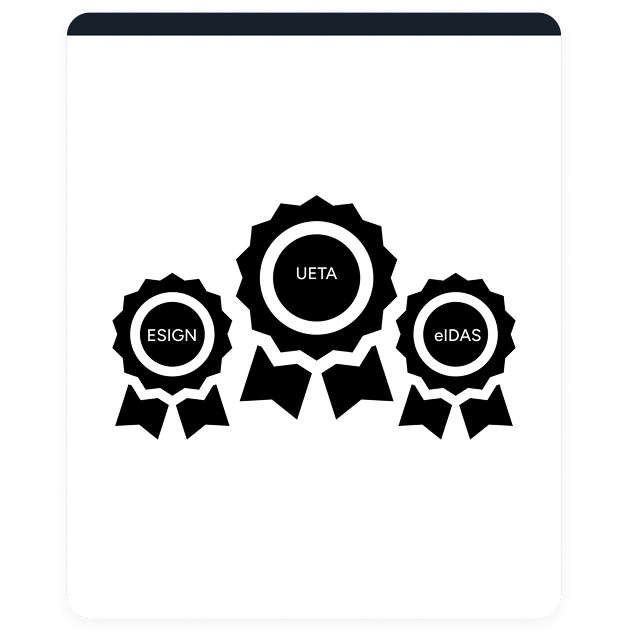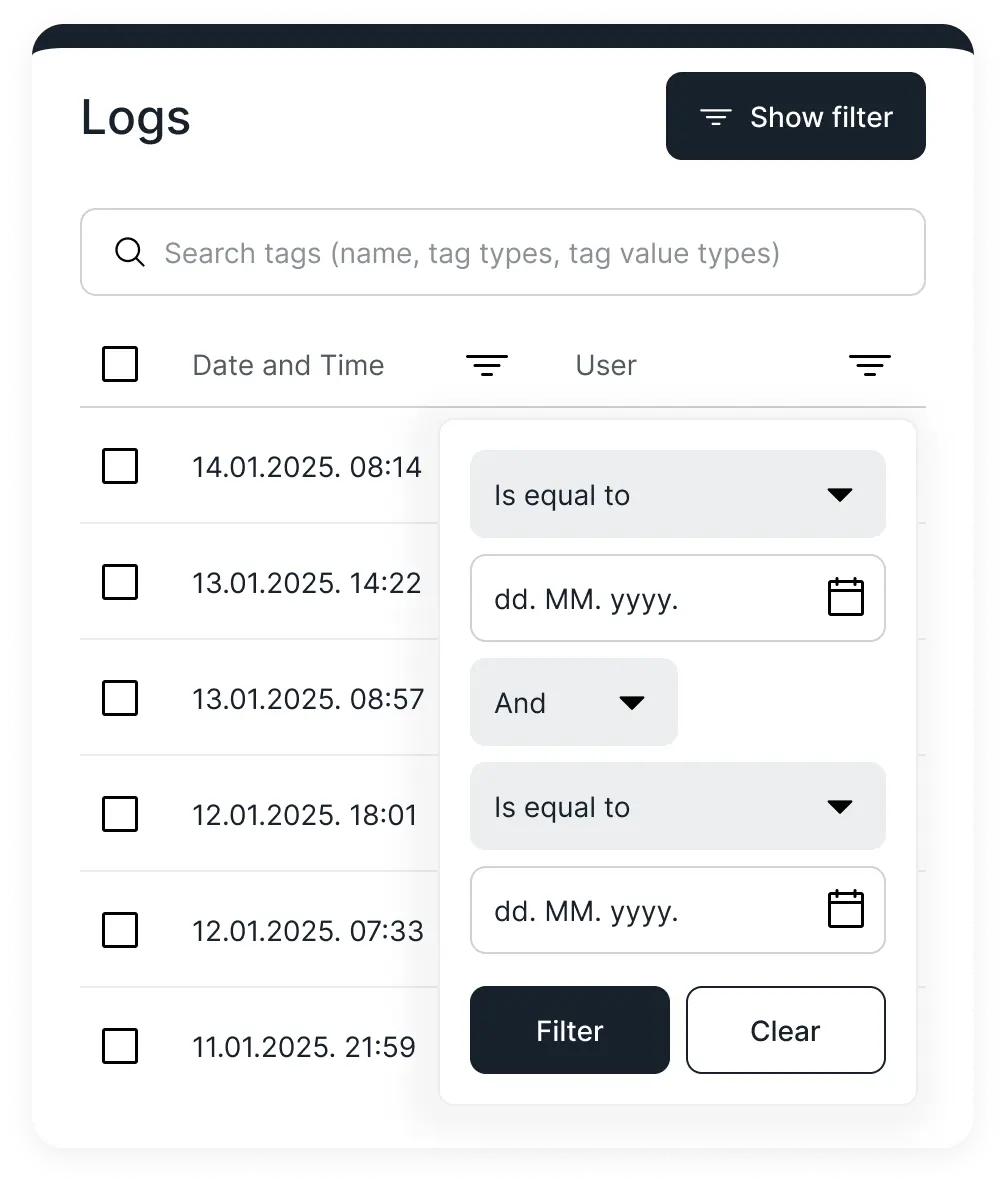- English
- Deutsch
ECM: your shortcut to audit readiness

Compliance-ready software is designed to help organizations meet regulatory, legal, and industry-specific requirements. Its features include secure data storage, audit trails, access controls, and encryption to ensure that the organization’s processes and data management align with compliance requirements.


Understand and manage your data, where it lives, who has access, and what happens with your records over their lifecycle – all available with a few clicks.
Use KORTO's logs to monitor what happens to a file from the moment you add it to the system, or make them immutable with a blockchain integration.
Improve traceability by leveraging KORTO's support for electronic signatures and timestamps compliant with EU (elDAS) and US (ESIGN, UETA) regulations.
Use KORTO's tags to retrieve the records relevant for the audit.

Add a new, temporary tag to the records the auditors will need to access.

Assign a role to auditors, providing them with read permissions to files you tagged.

Auditors get access to all the relevant records, avoiding the need to copy or transfer the files.

After the audit, simply delete the user group you have created for the auditors.



Ready for automated compliance software?

Save time and find what you need quickly with KORTO's tag-based approach to Enterprise Content Management.
Read moreCreate workflows to chart the entire lifecycle of your records in line with your data retention policies.
Read moreKeep your records safe with KORTO’s secure cloud systems and APIs, granular access control, and blockchain technology.
Read moreHow long your organization stores backup data?
Read more about Why Is Data Retention Important?